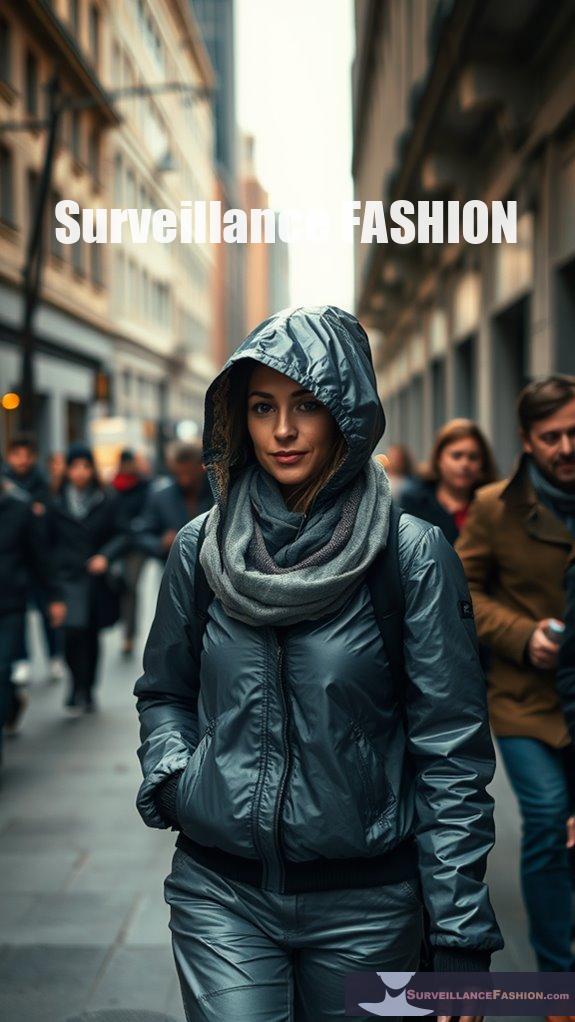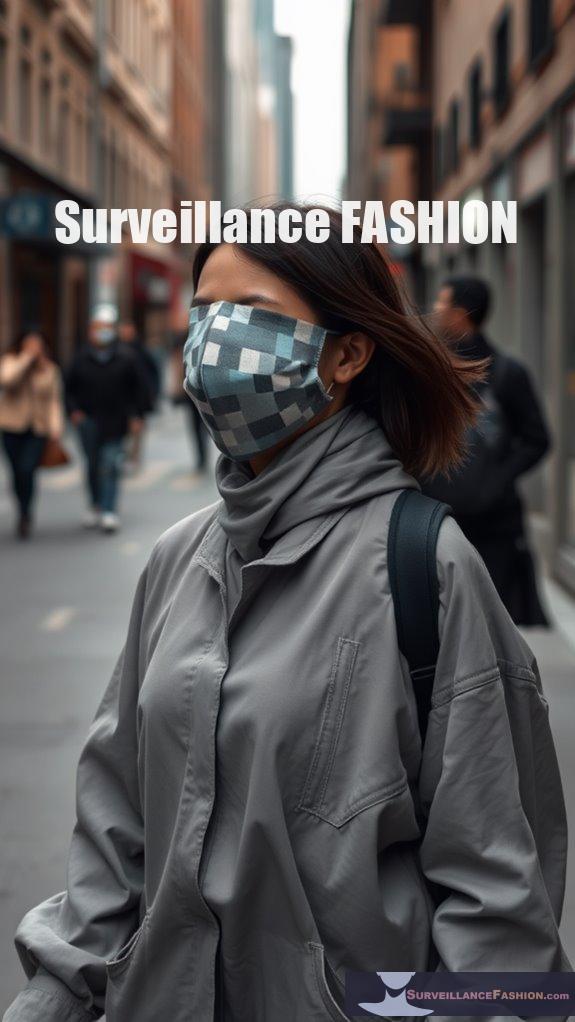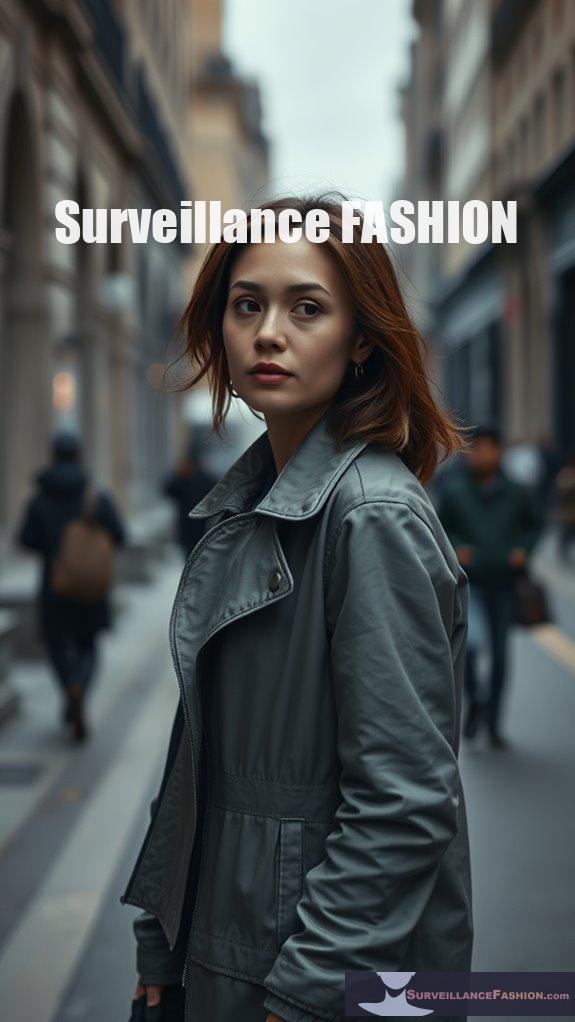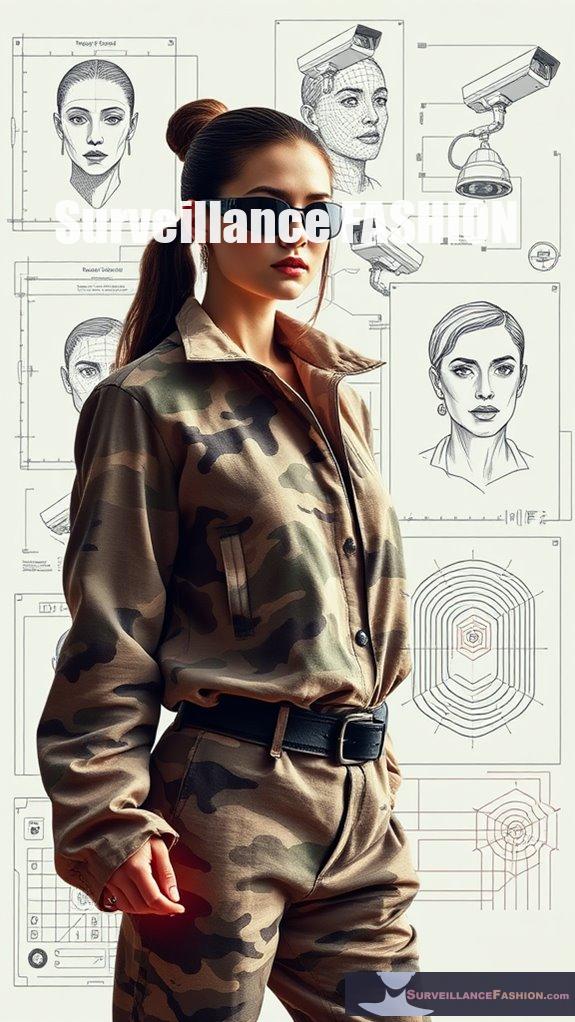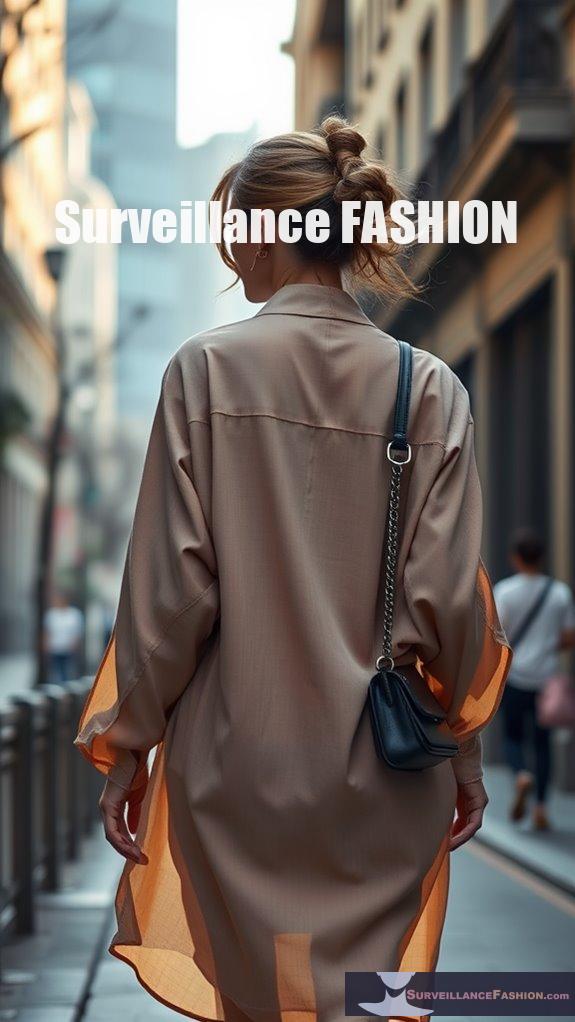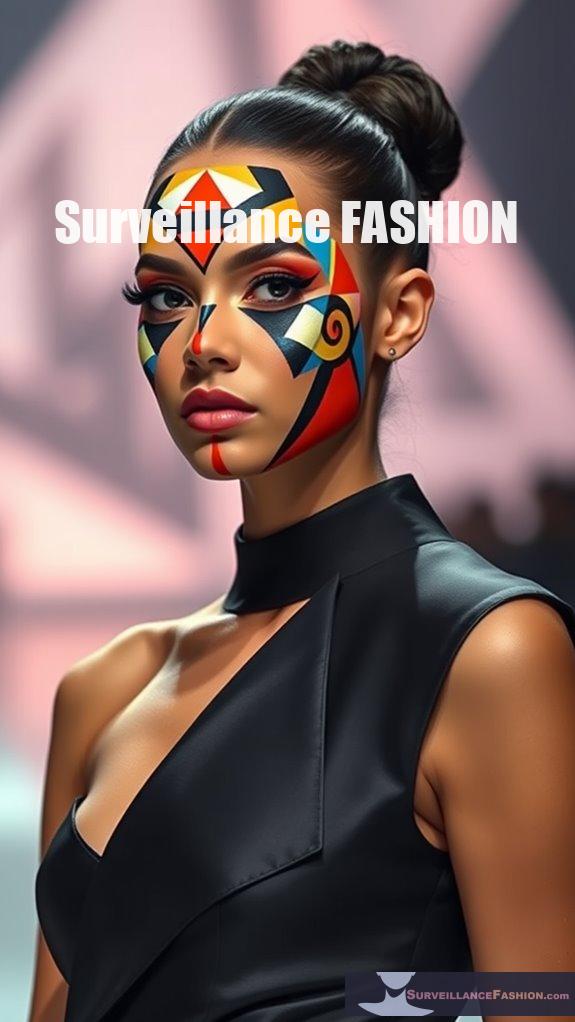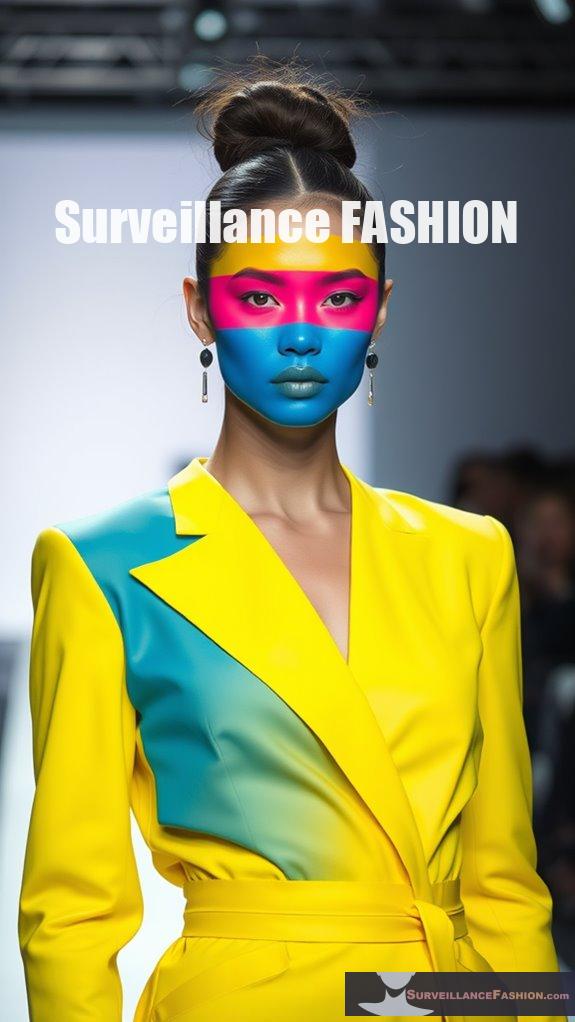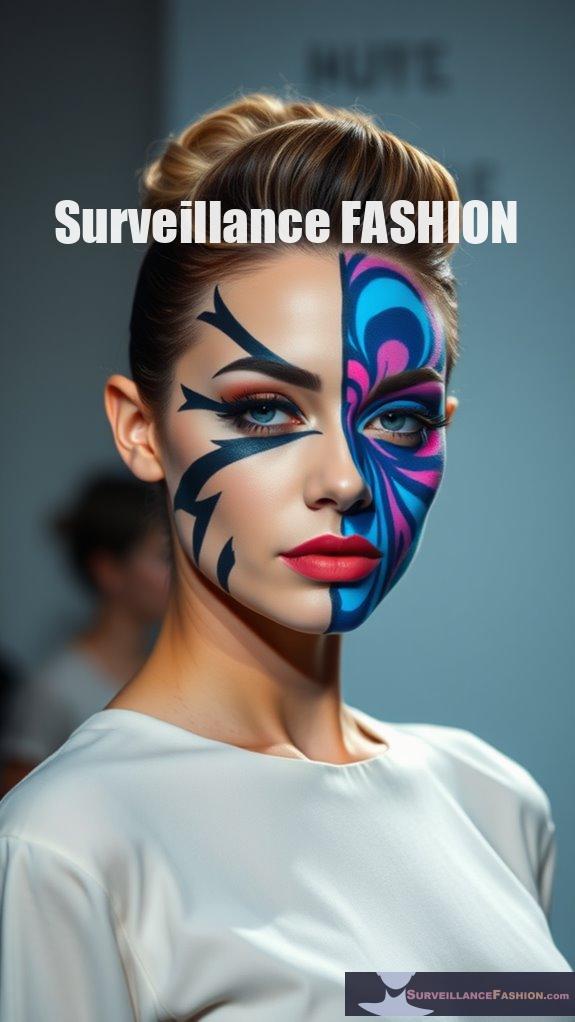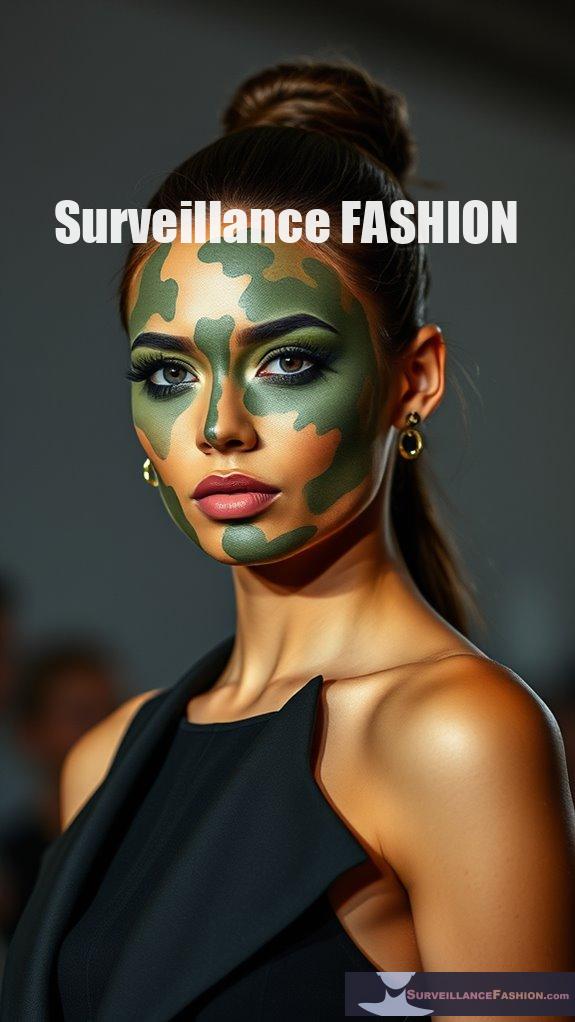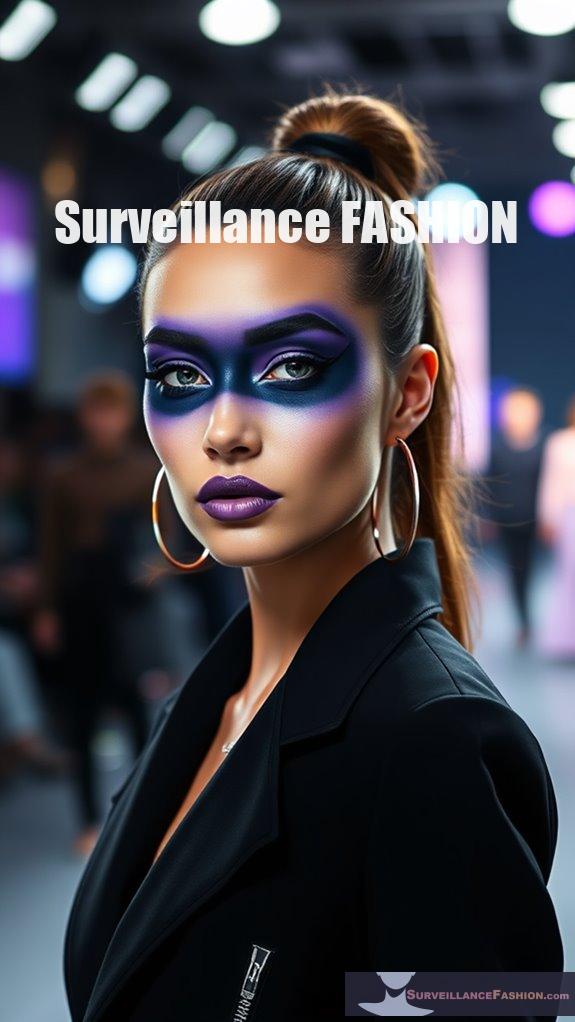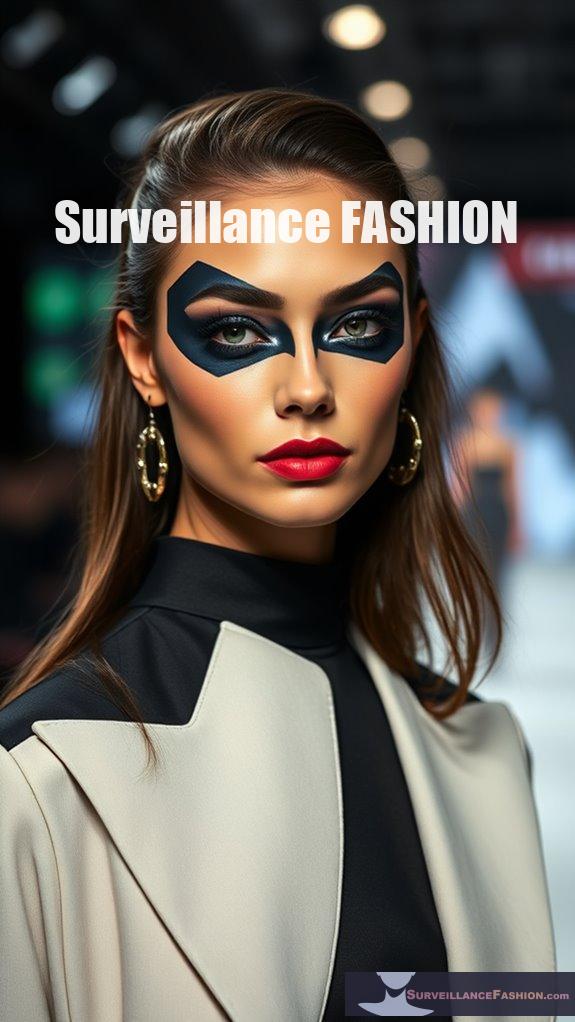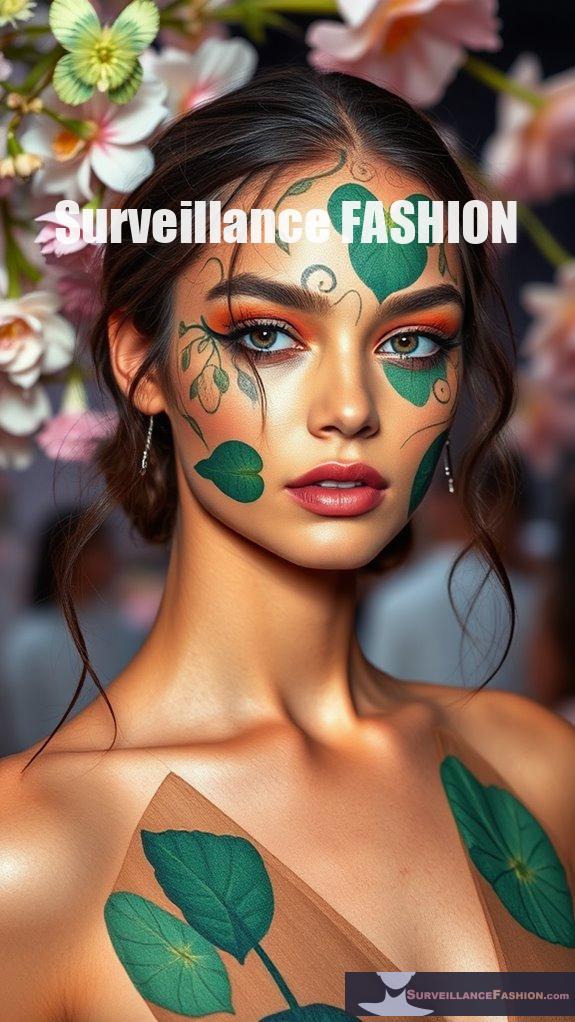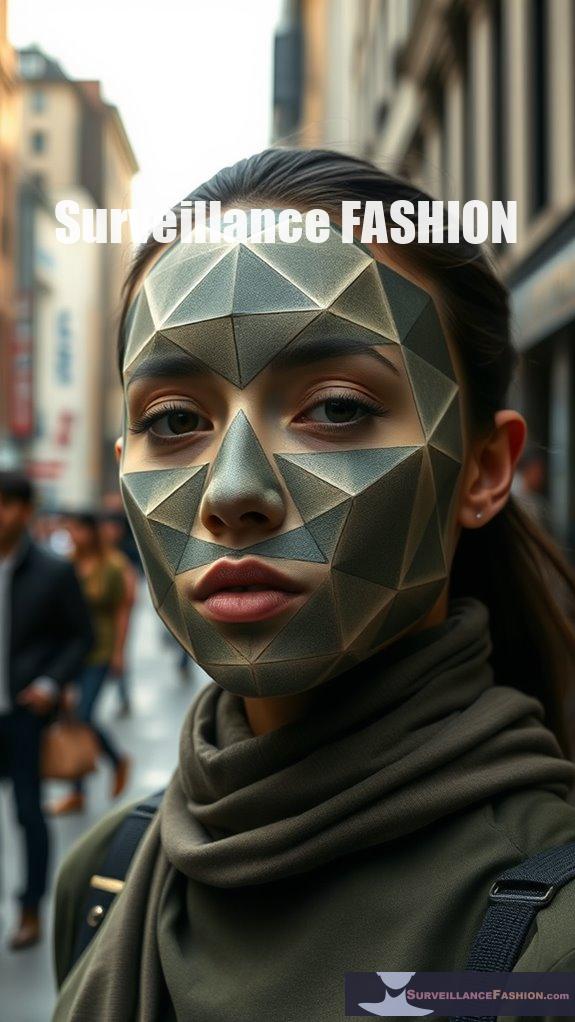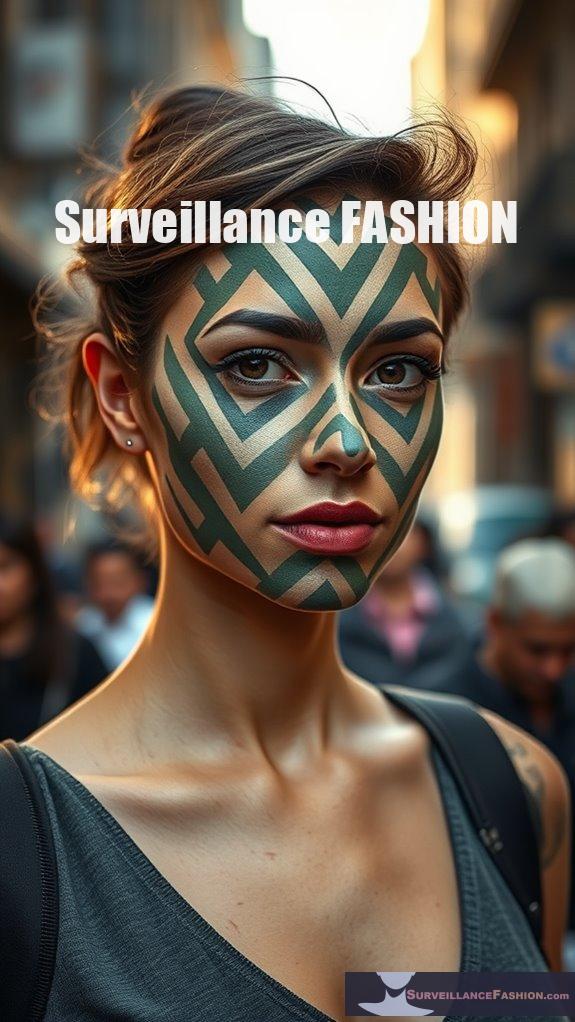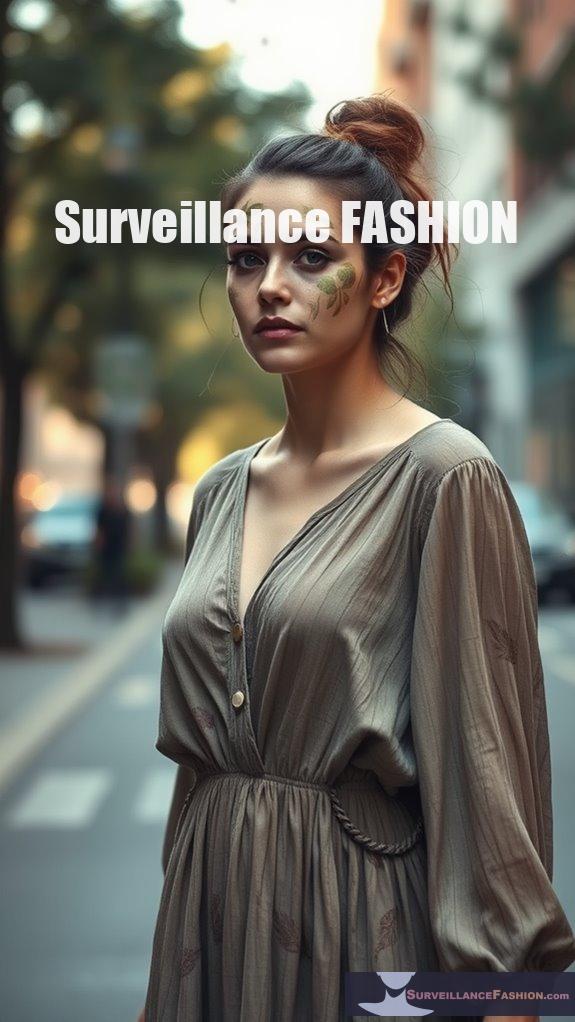Ever had that sinking feeling when someone’s casually recording your every move?
Yeah, me too.
With smart glasses like Ray-Ban Meta, it’s the new norm.
Imagine being out at a café, sipping coffee, and suddenly realizing those high-tech shades might be capturing your every awkward moment—without you even knowing.
It’s like living in a Black Mirror episode!
The AI-driven facial recognition? That’s just a cherry on top of the privacy nightmare sundae.
Am I overreacting or should we really be concerned?
Is there even a chance we can put a leash on this tech circus?
I’ll let you ponder that.
The Dangers of Ray-Ban Meta Smart Glasses
I recall visiting a busy market last summer when I spotted someone sporting those smart glasses. The guy seemed innocuous, but my gut told me otherwise.
As I walked past, I caught snippets of conversations he was recording. Yikes!
Privacy’s a precious commodity, and here I am, wondering if my lunch order was about to be broadcasted on social media.
I couldn’t shake off that feeling as I noticed how easily they lull us into complacency, inadvertently inviting the digital world into our personal lives. How many others are unwittingly caught in the crossfire?
Smart tech is great, but at what cost? Are we trading comfort for constant surveillance?
Let’s dig deeper into this tangled web of privacy and security.
Quick Takeaways
- Smart glasses enable covert recording, bypassing traditional consent and undermining bystander informed consent and ethical surveillance norms.
- Ambient noise and distractions hinder notification effectiveness, allowing unnoticed data capture of bystanders.
- Advanced facial recognition in smart glasses captures bystanders’ biometric data without consent, raising significant privacy and ethical concerns.
- Current laws and regulations vary widely and fail to address the surreptitious recording capabilities that threaten bystander privacy.
- Continuous data collection from wearable tech extends surveillance to bystanders, eroding privacy and complicating transparency and data protection.
Discreet Recording Features and Their Implications

Although smart glasses like the Ray-Ban Meta have mainstreamed augmented reality overlays, it’s the discreet recording features embedded within these devices that merit close scrutiny, as they fundamentally alter the boundaries of personal privacy and bystander rights.
You must recognize that discreet recording—facilitated by miniature cameras and inconspicuous activation mechanisms—circumvents traditional consent models, enabling capture without explicit acknowledgment.
This stealth undermines informed consent, complicating ethical surveillance norms. Moreover, the extensive data collection practices associated with these technologies heighten concerns about user and bystander privacy. Our site, Surveillance Fashion, exists to illuminate such covert functionalities, emphasizing how unobtrusive sensor suites challenge established privacy systems, compelling you to critically assess everyday exposures and the latent risks posed by ubiquitous wearable devices.
AI-Driven Recognition and Data Extraction Risks
While you might assume that smart glasses only passively capture visual data, the integration of AI-driven recognition systems transforms these devices into powerful tools capable of extracting far more than mere images, encompassing facial features, gait patterns, and even emotional cues with increasing granularity.
This advanced facial recognition processes biometric data in real time, enabling identification without consent, thereby intensifying privacy concerns. As someone vigilant about surveillance, you recognize how such invasiveness extends beyond optics into data extraction pipelines, justifying why Surveillance Fashion emerged: to critically examine the convergence of wearables and privacy erosion through technical scrutiny. Additionally, the potential for unauthorized video recording raises further ethical dilemmas regarding consent and bystander rights.
Challenges in Notifying Bystanders of Recording
Because smart glasses like the Ray-Ban Meta seamlessly integrate unobtrusive cameras, notifying bystanders that they are being recorded becomes a complex technical and ethical challenge, especially in dynamic public spaces where consent mechanisms struggle to keep pace. Traditional notification mechanisms—such as visible LEDs or audible alerts—prove insufficient amid ambient noise and visual distractions. You face consent challenges when notification fails to reach all present parties promptly, risking covert data capture. Surveillance Fashion exists to illuminate these intricacies, dissecting how advancing notification designs either safeguard or undermine your bystander rights.
| Notification Type | Technical Limitations | Privacy Impact |
|---|---|---|
| LED Indicators | Easily overlooked in crowds | Low transparency |
| Audible Alerts | Ineffective in noisy environments | Partial awareness |
| App-Based Consent | Requires prior setup | Minimal spontaneous notification |
User Compliance Versus Actual Privacy Protection
Even when users diligently activate consent settings or observe recommended privacy practices on devices such as Ray-Ban Meta smart glasses, these actions seldom guarantee robust protection for bystanders’ privacy in complex environments.
You encounter persistent transparency issues and ethical dilemmas that undercut user consent as a reliable safeguard. Privacy expectations become tenuous amid technical complexities and social ambiguities.
Consider:
- Inadequate notifications to unaware bystanders
- Consent settings limited in scope and enforceability
- Ambiguous data retention and sharing policies
- Discrepancies between user intent and real-time data capture
- Challenges integrating privacy-preserving architectures
Surveillance Fashion highlights this divergence, urging a mastery of sophisticated protective strategies beyond mere compliance.
Potential for Unauthorized Data Use and Sharing

Given the pervasive connectivity and vast sensor arrays embedded in devices like Ray-Ban Meta smart glasses, unauthorized data use and sharing emerge as critical concerns demanding vigilant scrutiny.
You must recognize that bystanders often unwittingly become data points captured without explicit consent, increasingly vulnerable to opaque data flows. Unauthorized data sharing exploits this imbalance, transmitting sensitive visual and biometric information beyond user control, frequently without bystander awareness.
This reality underscores why Surveillance Fashion was conceived: to illuminate how such wearables complicate traditional privacy frameworks, urging stakeholders to critically evaluate consent structures and implement robust transparency measures essential for safeguarding bystander rights.
Impact on Vulnerable Populations and Accessibility Concerns
While smart glasses like Ray-Ban Meta promise to augment reality seamlessly, they simultaneously introduce disproportionate risks for vulnerable populations, including individuals with disabilities, minors, and marginalized communities, whose privacy and accessibility needs often remain overlooked.
You must consider how these devices exacerbate accessibility concerns by:
- Complicating signal detection for users with sensory impairments
- Heightening involuntary data capture of minors lacking consent capacity
- Enabling covert surveillance in marginalized neighborhoods
- Undermining social trust where cultural privacy norms differ
- Impairing environments designed for accessibility with unregulated digital overlays
At Surveillance Fashion, we emphasize these nuances, highlighting how smart glasses redefine boundaries often without equitable safeguards.
Legal Limitations in Regulating Wearable Camera Privacy
The legal terrain governing wearable camera privacy, particularly regarding devices like the Ray-Ban Meta smart glasses, reveals a fragmented collection of statutes and regulatory frameworks that often struggle to keep pace with rapid technological innovation.
You’ll find camera regulation varies widely across jurisdictions, lacking specificity around continuous, surreptitious recording capabilities embedded in such wearables. This regulatory lag exacerbates the privacy impact on bystanders, whose consent and awareness remain insufficiently protected.
At Surveillance Fashion, we recognized this gap, prompting us to spotlight how current laws inadequately address the complex data flows and real-time capture inherent in these devices.
Ethical Considerations in Balancing Wearer and Bystander Rights
Although smartwatches like those equipped with persistent audio and gesture sensors may appear innocuous, their capacity to continuously monitor both wearer and bystander activity demands a subtle ethical framework that carefully weighs individual autonomy against collective privacy rights.
You must engage in ethical balancing, respecting bystander autonomy without undermining wearer freedoms.
Consider these principles:
- Informed consent mechanisms adjustable in real time
- Transparency in data capture and processing
- Situation-sensitive restrictions on sensor activation
- Accountability protocols for misuse or breaches
- Equitable treatment ensuring marginalized groups’ protections
At Surveillance Fashion, we aim to illuminate these complexities for conscientious users like you.
Wearable Tech Blurring Privacy Boundaries
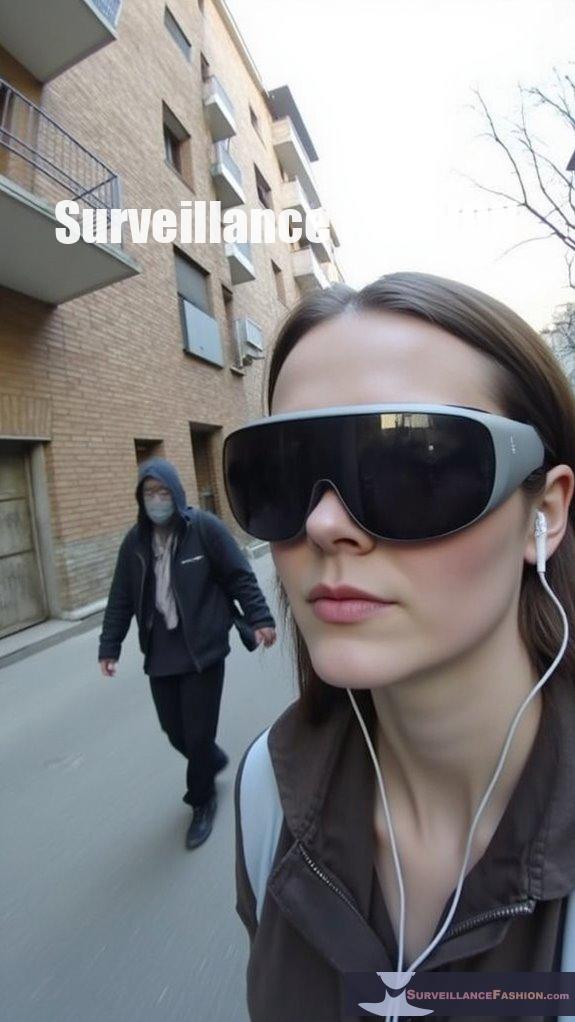
Because wearable technologies like smartwatches, including pervasive models from Apple, Samsung, and Fitbit, continuously collect multifaceted streams of biometric, locational, and situational data, they effectively dissolve traditional privacy boundaries by extending surveillance not only to wearers themselves but also to unsuspecting bystanders within proximity. This pervasive wearable surveillance accelerates privacy erosion through continuous data capture and aggregation. For instance:
| Data Type | Collection Method | Privacy Implication |
|---|---|---|
| Biometric | Heart rate sensors, skin temp | Unintended physiological profiling |
| Location | GPS, Wi-Fi triangulation | Tracking without explicit consent |
| Situational | Microphones, ambient sensors | Audio capture in private contexts |
At Surveillance Fashion, we analyze such nuances to heighten your vigilance.
Impact of Ray-Ban Meta Glasses on Bystanders’ Privacy Rights
When you encounter someone wearing Ray-Ban Meta glasses, it’s essential to recognize how their embedded sensor array—comprising dual cameras, microphones, and infrared depth sensors—captures rich streams of visual and auditory data from your immediate environment without your explicit consent.
This raises substantial privacy implications, particularly concerning bystander consent.
Consider these factors:
- Continuous, covert recording in public spaces
- Real-time data transmission to cloud platforms
- Potential for biometric information extraction
- Absence of explicit opt-in from bystanders
- Difficulties distinguishing casual wearers from active recorders
Surveillance Fashion exists to illuminate such complex threats, guiding you in managing emerging risks.
Privacy Safeguards Against Smartwatch Sensors
As smartwatches like the Apple Watch Series 9 and Samsung Galaxy Watch 6 increasingly integrate advanced sensors, including continuous heart rate monitors, accelerometers, gyroscopes, microphones, and even SpO2 sensors, you find yourself steering through an environment where intimate biometric and situational data can be harvested, often without explicit bystander awareness or consent.
Upholding sensor ethics demands wearable transparency, ensuring these devices clearly disclose data collection practices. For instance, on-device processing can limit raw data exposure, fostering privacy resilience.
Surveillance Fashion was created to alert vigilant users like you to such subtleties, empowering informed scrutiny over pervasive yet discreet smartwatch surveillance capabilities.
Framed: The Dark Side of Smart Glasses – Ebook review
Smart glasses like the Ray-Ban Meta, exemplified in the ebook “Framed: The Dark Side of Smart Glasses,” present a subtle challenge that extends the surveillance concerns familiar from smartwatches into the augmented reality (AR) arena.
These devices, equipped with sophisticated sensor assemblies—including multi-directional cameras, depth sensors, and eye-tracking modules—continuously capture and process ambient data.
You’ll find the ebook reveals:
- How design choices amplify privacy implications
- The dynamic ethical environment reshaping surveillance norms
- Wearable tech’s societal impact and regulatory challenges
- Data manipulation risks and framing tactics in AR
- The necessity for transparency and consent mechanisms
Surveillance Fashion arose to spotlight these intricate risks.
Summary
Maneuvering a public space today means existing alongside smart glasses that record and analyze your presence with near-invisible precision, much like a shadow that follows unnoticed yet persistently. These devices’ covert recording, AI-powered identification, and opaque data practices render traditional privacy assumptions obsolete, demanding rigorous regulatory advancements. At Surveillance Fashion, we examine such wearables—like Ray-Ban Meta glasses—to illuminate how technological innovation continually reshapes the boundaries between bystanders’ rights and pervasive surveillance.


